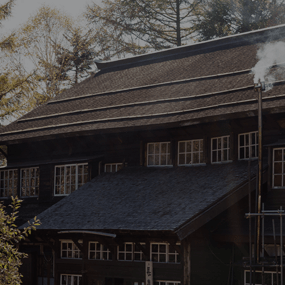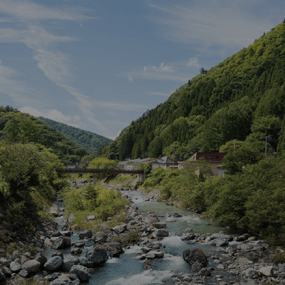Highlights of Oze National Park Mountains & Nature representing Oze
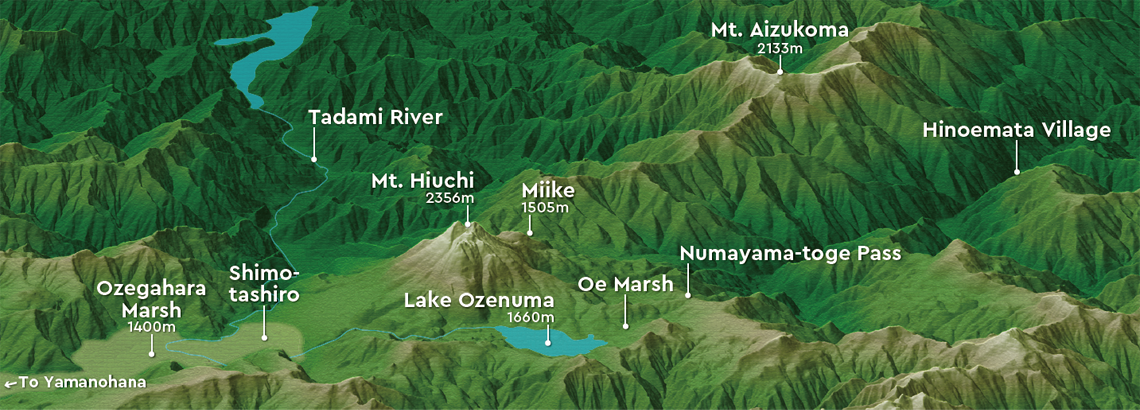
The “Oze National Park” is familiar to many hikers, for walking the boardwalks to hiking the whole length of the mountains and covers an area of over 37,000 hectares spanning the four prefectures of Fukushima, Niigata, Gunma, and Tochigi. In the eastern part, sights to see are Lake Ozenuma and Mt. Hiuchi (2356m), and in the west, Mt. Shibutsu and Ozegahara Marsh, the largest alpine marshland in Japan, which create a spectacular mountain scenery. In the area of Fukushima Prefecture, away from this central Oze area, well-known peaks such as Mt. Aizukoma, Mt. Tashiro, and Mt. Taishaku stand side by side, and all are included within Oze National Park. Oze is the representative alpine marshland of Japan, a precious piece of nature designated as Special Natural Monument and Marshland of the Ramsar Convention. The beauty of Ozegahara Marsh cannot be described in words, with alpine plants covering the marshland with flowers from spring to summer. Also, high-altitude marshland and lakes exist all over the mountain ridges and hillsides, not just at Ozegahara Marsh, and together with the charm of the flowers, it became a place symbolizing the beauty of Japanese nature.
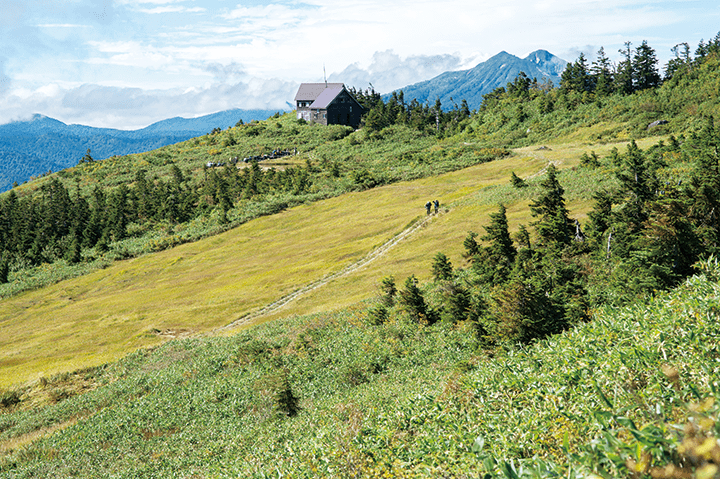
Mt. Aizukoma2133m
The famous mountain of Hinoemata Village included in the 100 Famous Mountains of Japan. The expanse of marshland at the summit and the alpine plants are popular.
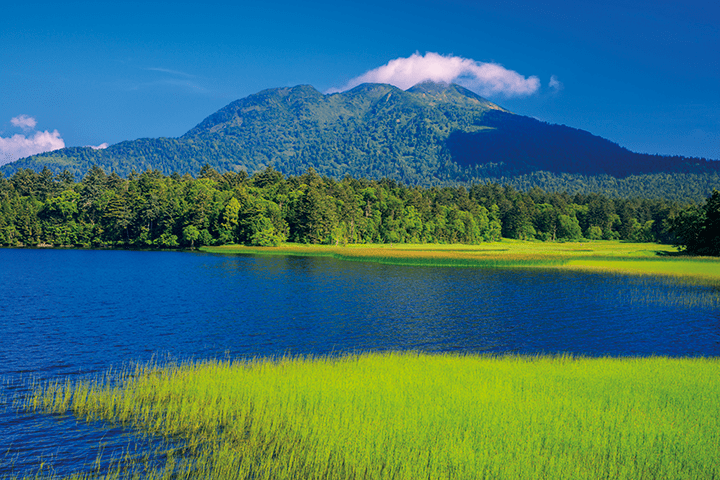
Mt. Hiuchi2356m
Mt. Hiuchi is the general name for five peaks that include Shibayasugura and Manaitagura. Great views of Lake Ozenuma and Ozegahara Marsh.
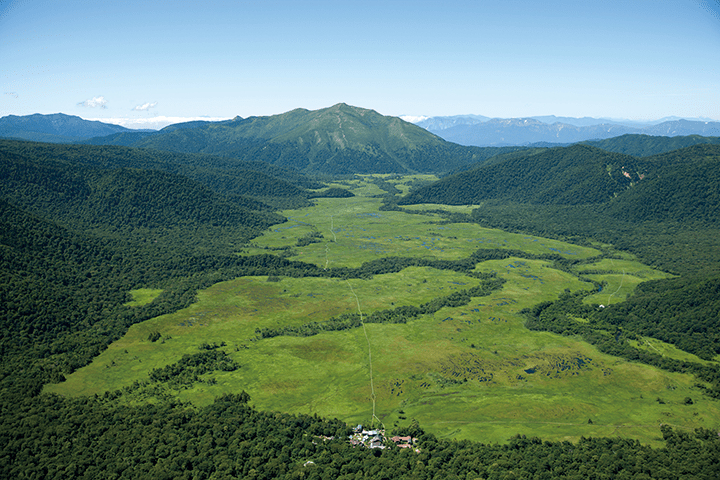
Ozegahara Marsh1400m
Scenery representing Oze, the mountain-top marshland stretching about 8km east to west and 2km north to south, at its most.
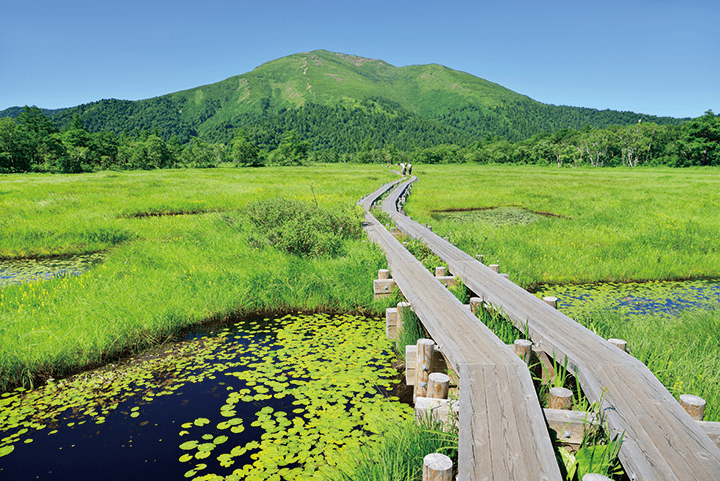
Mt. Shibutsu2228m
A treasure chest of precious alpine plants. Hiking is prohibited until June 30 in most years.
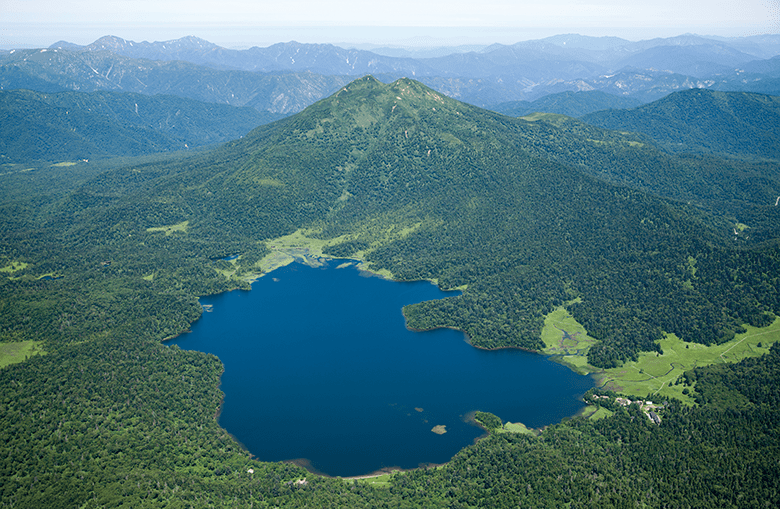
Lake Ozenuma1660m
Volcano lake formed by natural damming, about 7km in perimeter. Various marshlands, such as Oe Marsh, surround the lake.
Animals & Plants of Oze
From spring to summer, the marshland flowers bloom on the marshland of Oze, while alpine plants bloom in profusion in the woody areas. Skunk cabbage blooms in late May as the snow melts, and the Nikko day lily that paints the marshland bright yellow in early July is popular. In fall, when autumn leaves at Ozegahara Marsh turn golden yellow all at once, is another scene that engraves itself deep in the heart. Many animals also live in Oze by its abundant nature. The Asian black bear, Japanese hare, Tanuki raccoon dog, weasel, and stoat are known as the animals of Oze.




